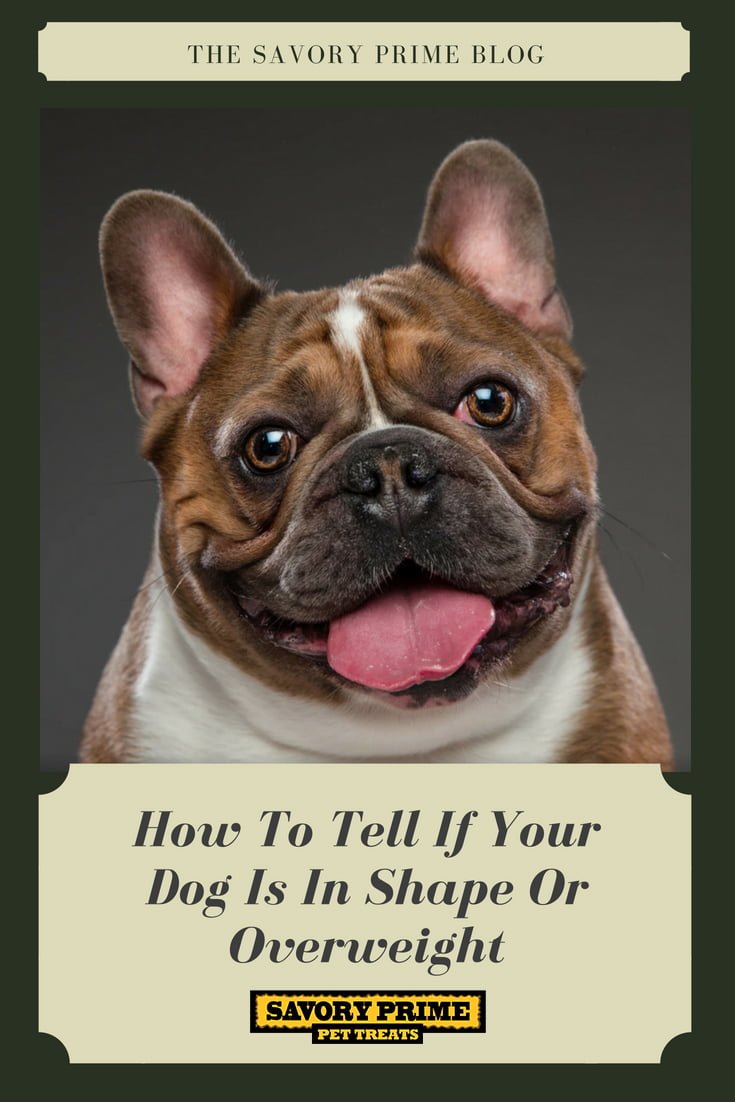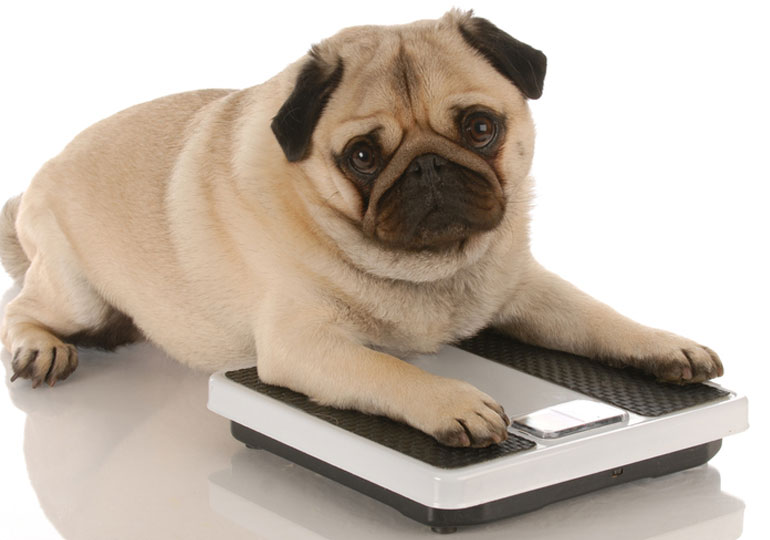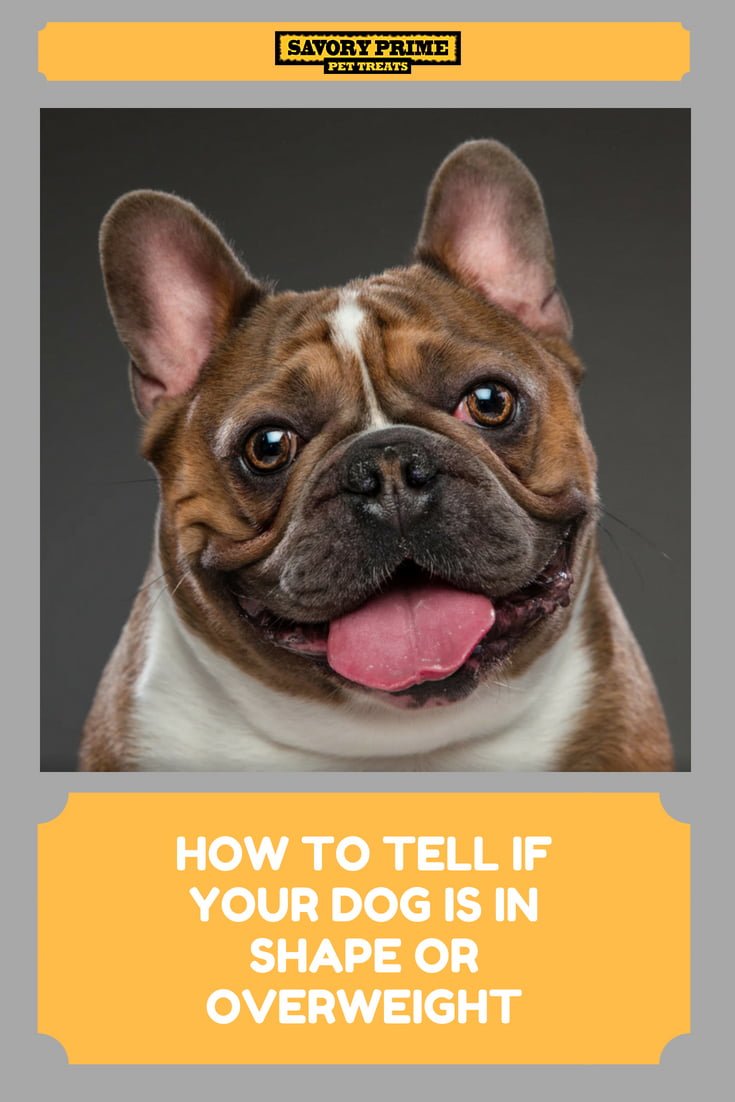Obesity is at epidemic levels in our country, affecting not only the human population but also our companion animals. Pets are also suffering from the effects of imprudent eating habits, non-nutritious foods, and lack of exercise. Currently, it is estimated that more than one-third of dogs in the United States are overweight and as many as 15 percent of these dogs are dangerously obese. Carrying extra weight is not merely a cosmetic problem. Obesity can lead to heart disease, amplify the effects of arthritis, and cause skin problems, diabetes mellitus, and some forms of cancer.
How To Tell If Your Dog Is Overweight
To tell if your dog is overweight, answer the following questions:
- Is it difficult to feel his ribs or spine?
- When looking at your dog from above, is the waistline missing?
- When viewing your dog from the side, does his abdomen sag?
- Has your dog become tired all the time or too lazy to play?
- Does he consistently lag behind on walks or balk at longer outings?
- Does he pant constantly or show shortness of breath during gentle exercise?
- Does he resist play with you or housemate dogs?
- Does he bark without getting up or have trouble rising?
If the answer is “yes” to these questions (and your veterinarian has ruled out other medical conditions) it’s possible your pet has put on some pounds.
What To Do If Your Dog Is Overweight
Your veterinarian can help you develop a sound weight-loss program for your dog. In doing this, she will most likely use a body-condition score to determine just how much your dog is overweight. In recent years such a system has been developed to help keep your dog at an ideal weight:
The most commonly used method is a nine-point scoring system, in which a score of “one” is much too thin, displaying loss of muscle, body fat, and an almost skeletal image. At the other extreme, a score of “nine” reveals a dog that is grossly obese. The ideal dog is a “four to five” on the body-condition scale. Dogs at a healthy weight have ribs and spinal vertebrae that, while not visible, can be easily felt. When viewed from the top, the dog has an obvious waist below the last rib and from the side, you can see that the abdomen tucks up. The face, cheek, and neck are trimmed and toned giving the dog a more attentive look.

Recent Pet Posts
Blog Categories
Product categories
- Accessories (7)
- Chicken & Veggie Wraps (8)
- Grillers Jerky Tenders (4)
- Jerky Treats (10)
- Made in the USA (9)
- Non-Rawhide Treats (28)
- Beggar Bone (11)
- Bully Sticks (4)
- Butcher Bone (4)
- Cod Skin Fish Treats (3)
- Pork Skin Twists (2)
- Pressed Rawhide Bones & Rolls (16)
- Bones & Rolls (6)
- Pressed Rawhide Bulk (6)
- Twist Sticks (4)
- Savory Munchies (13)
- Supreme Bones & Rolls (48)
- American Rawhide Bulk (16)
- Rawhide Bones (14)
- Rawhide Chips (6)
- Rawhide Rolls & Sticks (12)
- Uncategorized (8)




